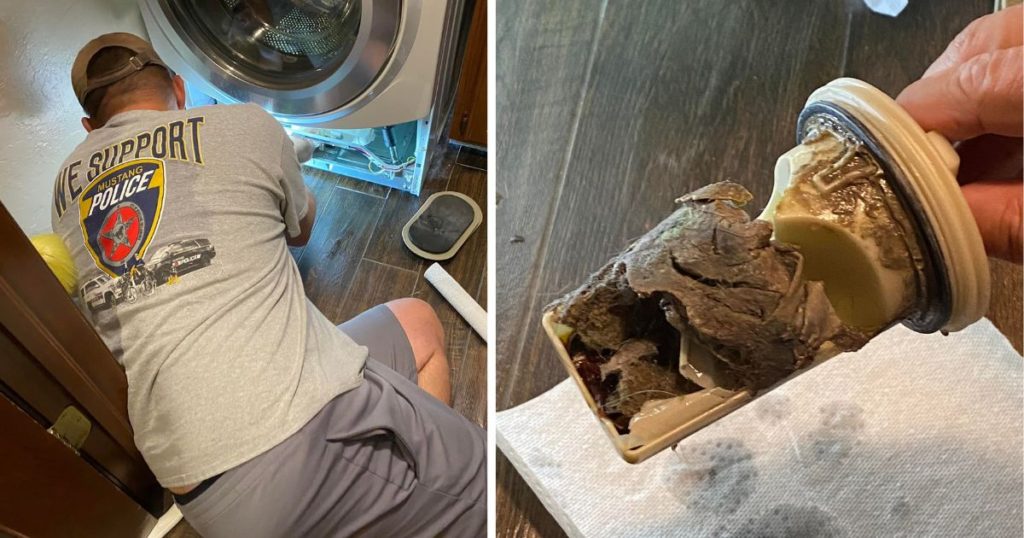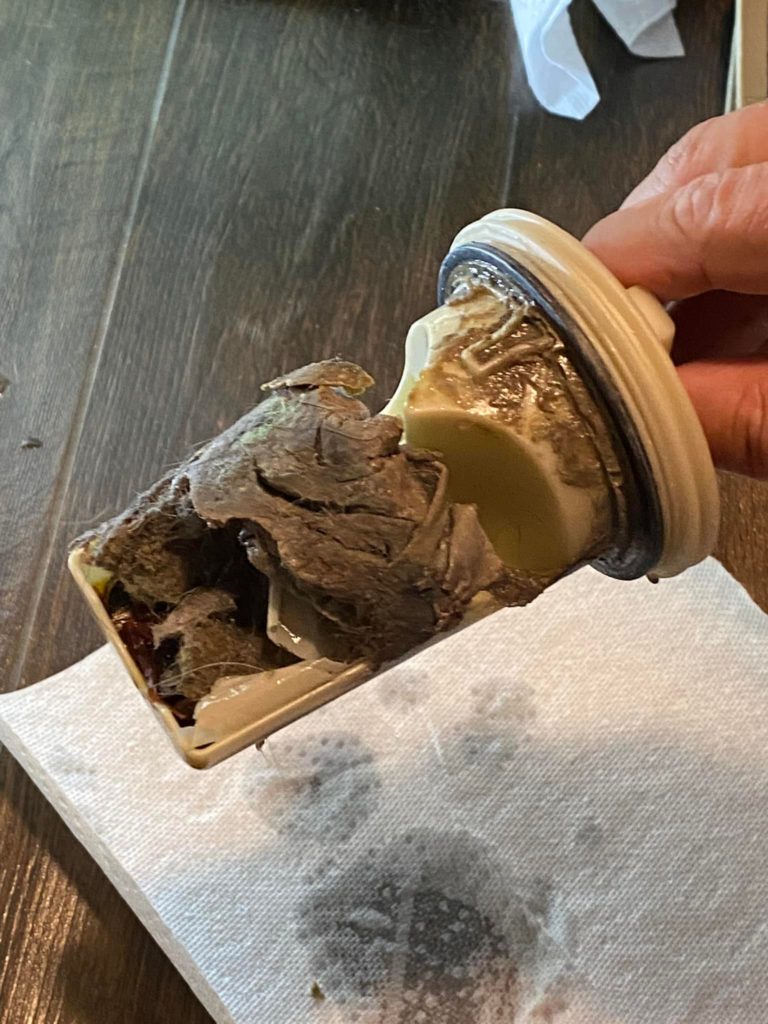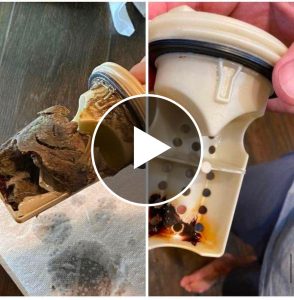Ever since we began wearing clothes, so too was the task of keeping them clean and fresh. As a result, laundry now has fresheners, softeners, and cleaning boosters galore. However, somehow, clothes can still, over time, come out less fresh than desired.
Not so Fresh Laundry
Surprisingly, there are actually a handful of reasons that your laundry isn’t as fresh as you’d expect. For example, most people know that clothes can begin to mildew if they’ve been in the washer for too long. Sadly, this wastes water, soap, and time because the laundry must be rewashed- preferably as quickly as possible, with hot water. It’s important to make sure the laundry is thoroughly cleaned before going into the dryer. Otherwise, the dryer will lock the smell in, and the same is true of stains.
Clean the Washing Machine Drain
Alternatively, a lesser-known reason that laundry might start to stink is because of the washing machine drain. While most people would hardly give that a thought, it turns out that not cleaning the washing machine drain can actually have a severe impact on the freshness of laundry. Furthermore, because it’s something not many people think of, it’s a common culprit for unpleasant odors.

Also referred to as a drain trap, the machine drain can become clogged over time. Not unlike drain pipes that occasionally need to be snaked. “The drain trap is a component that is designed to collect and trap lint, debris and other small objects that may be present in the water that is being drained from the machine during the washing cycle,” explains Jeniffer Smith, founder of Urban Home Corner.
“The drain trap is typically located at the bottom of the washing machine, near the drain hose, and is designed to prevent lint and debris from entering the plumbing system and causing blockages or damage.” She continues, further explaining that she recommends cleaning it out “periodically“.

How to Find the Plug
When locating your washing machine’s plug, it’s recommended to always check the user manual. This will ensure the most accurate care instructions and avoid personal injury or damage to the machine. In many cases, the manuals can also be found online in PDF format, available for download. We’re all familiar with the top loader and front loader washers. Fortunately, the drains for front loaders are typically pretty easy to locate. Most often, found at the front on the bottom of the machine.
However, for those who laundry in a top loader, locating the drain may be a little more difficult. The drain plug on these can be on either the front or the back and in many cases, require the use of a drain snake.
Once the drain has been located, and removed, gently scrub it with a brush, or a cloth. After this, simply put the washing machine pieces back in place and always run an empty load on hot before the first load of laundry to ensure the drain is functioning properly and eliminate any lingering debris.
Other Causes of Less than Fresh Laundry
Because cleaning the drain isn’t something many people think about, it can wreak havoc on the cleanliness of laundry. However, it certainly isn’t the only cause of unpleasant-smelling laundry. Another, likely, lesser-known reason for unpleasant odors can actually be fabric softener. Although it’s intended to make laundry smell good, and serves its purpose, over time it can have an adverse effect. Fabric softener creates a coating on clothes that keeps them soft, but also traps in odors, making them smellier over time.
Similarly, another culprit for unpleasant-smelling laundry is also thought to be laundry detergent. While the soap gets sudsy and helps to clean clothes, it turns out that too much soap can actually create a sudsy barrier between the clothes, preventing them from rubbing together or becoming agitated and in turn, preventing laundry from getting a good fresh clean.
By the same token, overfilling the washing machine can prevent laundry from being cleaned. This happens because it’s too tightly packed to distribute soap and water evenly.
Laundry Smells because of Bacteria
In the same way, the machine drain needs to be cleaned, and so too, does the washing machine itself. Bacteria can build up inside of it, and without a proper cleaning sometimes, the results can lead to not-so-clean laundry.
Hints for Fresh Laundry
While we now know it’s important to clean the washing machine drain and the machine itself, there are a few other options for keeping laundry fresh. Firstly, it’s important to ensure that laundry is fully dried in a timely manner to avoid that horrible mildew smell. Secondly, after washing laundry, it’s a good idea to leave the washer open for some time to air out and dry, also preventing mildew. Lastly, use the hot water. Although cold water is more gentle on clothes and better for the environment, it’s a good idea to wash laundry on hot from time to time to help freshen up clothes as well as the washing machine.
Spraying the washing machine down from time to time may also be advantageous in preventing stinky laundry. There are sanitizers sold in mainstream stores everywhere, or try a homemade solution like 1 cup of water, 1 cup of white vinegar, two tablespoons of rubbing alcohol, and 20 drops of lemon and tea tree oils each. Another option calls for far more rubbing alcohol, at 1 1/2 cups. Plus, 3/4 cup of water and 15 drops of lavender oils and lemon oils in a spray. In some cases, bleach can also be used with water but it’s important to follow the directions on the bottle. Note, that the sprays should be left to soak before wiping away.
Additionally, consider using a laundry sanitizer or DIY in scent boosters for a more are natural option to keep laundry smelling fresh.
From cleaning the washing machine drain to letting the machine air out, there are several causes of and solutions to help tackle unpleasant-smelling laundry. Arguably, just cleaning things out from time to time is the best way to keep laundry smelling fresh and clean.
